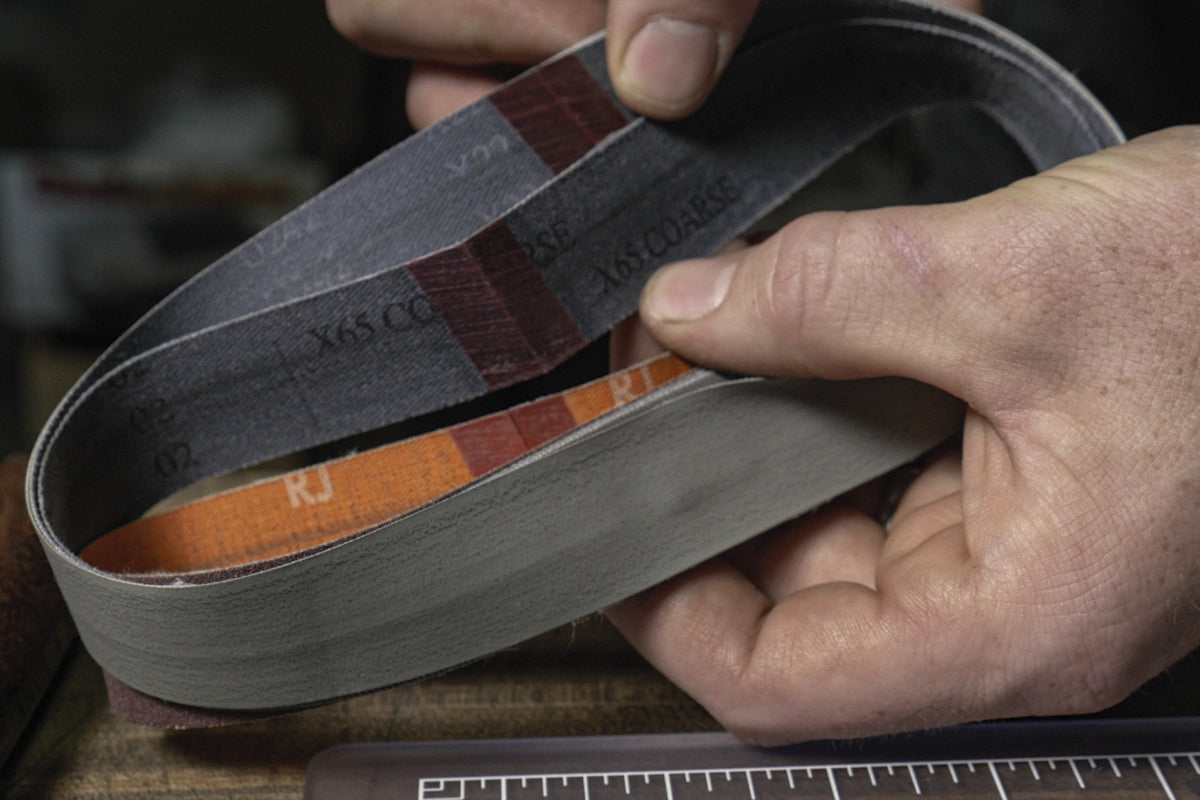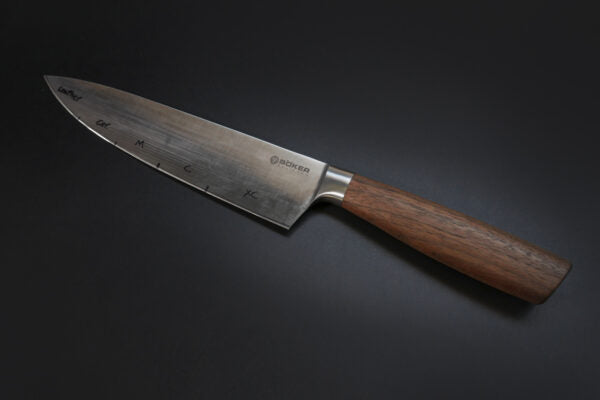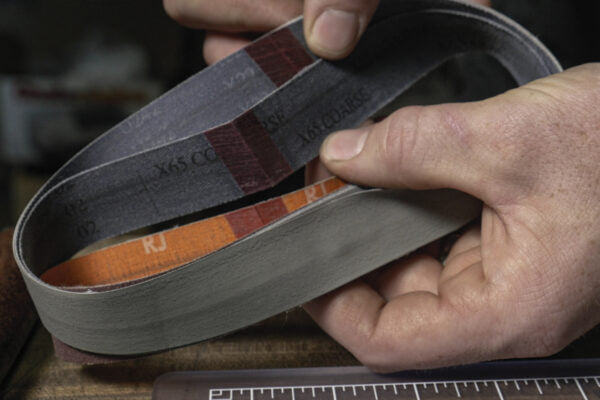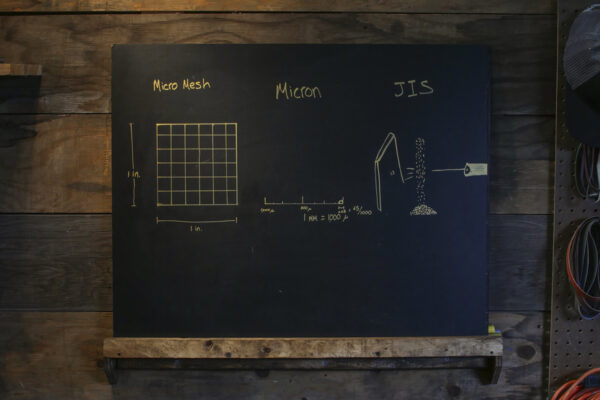Your cart is currently empty!

The Best Abrasives to Sharpen Your Knife
As a knife manufacturer focuses on blade steel and handle material, sharpening companies focus on abrasives and precise contact to a cutting edge. The science behind how abrasives cut is really at the core of who we are as a knife sharpening company. Work Sharp engineer Dan Dovel has been known to design the entire sharpener around the abrasive. Suffice it to say, we can geek out on this stuff, but for now we want to provide some basics.
When sharpening a knife, how do I know which abrasives to use?
If a knife has seen heavy use and has not been sharpened in more than two months, then it is safe to say its best to start on a coarse abrasive, you’ll be shaping a new bevel. What is coarse?
Coarse 200-600
Medium 600-1000
Fine 1000-6000
Extra Fine 6000+
Use a coarse abrasive to raise a burr, and symmetrically shape both sides of a bevel. Then progress down the grit progression to a medium grit. Alternate strokes one per side until all the striations from the coarse abrasive are replaced with new, smaller, striations from the medium abrasive. Depending on the abrasive the number of strokes will vary greatly. To give an idea it may take 2-4 strokes on a powered belt sharpener, or 12-15 on a whetstone.
Repeat this process again on finer and finer abrasives until you have reached your desired level of edge refinement.
How do I know I have the right amount of edge refinement?
This is truly a personal preference. Sharpening only on a coarse abrasive will leave a knife with coarse visible teeth in the blade and likely a burr will still exist preventing the knife from producing smooth cuts. Refining a knife at a medium grit and removing the burr will leave a sharp knife with a working edge, but may not produce ultra-smooth cutting on fine materials such as paper or fresh veggies. However, for tasks like cutting rope or other heavier materials the teeth will act like a fine saw and even after an edge is used there will be some teeth remaining to initiate a cut. Refining an edge with a fine or extra fine abrasive is usually intended for a blade you expect to perform precision cuts. The level of refinement is up to you the knife user and the edge you want to produce.

What about daily maintenance?
Don’t forget, maintenance is the most important ingredient for carrying a sharp knife. Maintain daily or weekly on a fine abrasive like ceramic, or leather to keep the edge straight and touched up.
How are abrasives measured, what is grit?
Grit is based on a system that was developed long ago using micromesh technology. Abrasive particles were sifted through screens (or micromesh), of various sizes and sorted to their corresponding ‘grits.’ The numbering system corelates to the size of the micromesh measured in holes per square inch. A mesh with 220 holes per square inch produces grit that is 220.
As technology has advanced micromesh as a system has not kept up, but the numeric values we assign to grit sizes are loosely based on the micromesh system, although it’s measured in different ways.
What does it mean if an abrasive is labeled X65 or X22? This is a different labeling system that differs from micromesh. The number in X65 – 65, is referring to the particle size of one abrasive particle, and the number represents its size in microns. 1 micron is 1/1000 of a millimeter. So X65 means the abrasive particles measure 65 microns in diameter or .065mm. There are charts comparing grit size and micron size but we’ll save that for another time.

One other method for measuring abrasives is worth mentioning and that is the JIS or Japanese Industrial Standard. This measuring process is really cool, and it correlates to the micromesh grit numbers but is used to measure much finer particles that micromesh is unable to measure effectively.

JIS aims a laser beam at a wall or backing and then drops particles through the laser beam interrupting the beam. The shadows or interruptions are measured and indicate the size of the particles. This is a common measuring system for fine abrasives usually found in whetstones.
Abrasives are the core of our business as a sharpening company, and something we try to simplify for our customers. However, we love sharing this information and getting into the nitty gritty (I had to) for those who want to learn more. Let us know what questions you have, and stay sharp!

22 responses to “The Best Abrasives to Sharpen Your Knife”
I am new to the site but so far it is a fantastic place to be
normal household use
I’m the one that asked how you would sharpen the Raptorazor but I forgot to ask what angle?